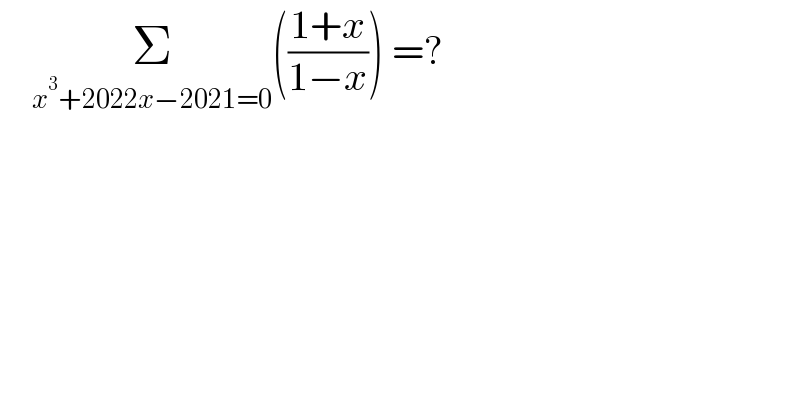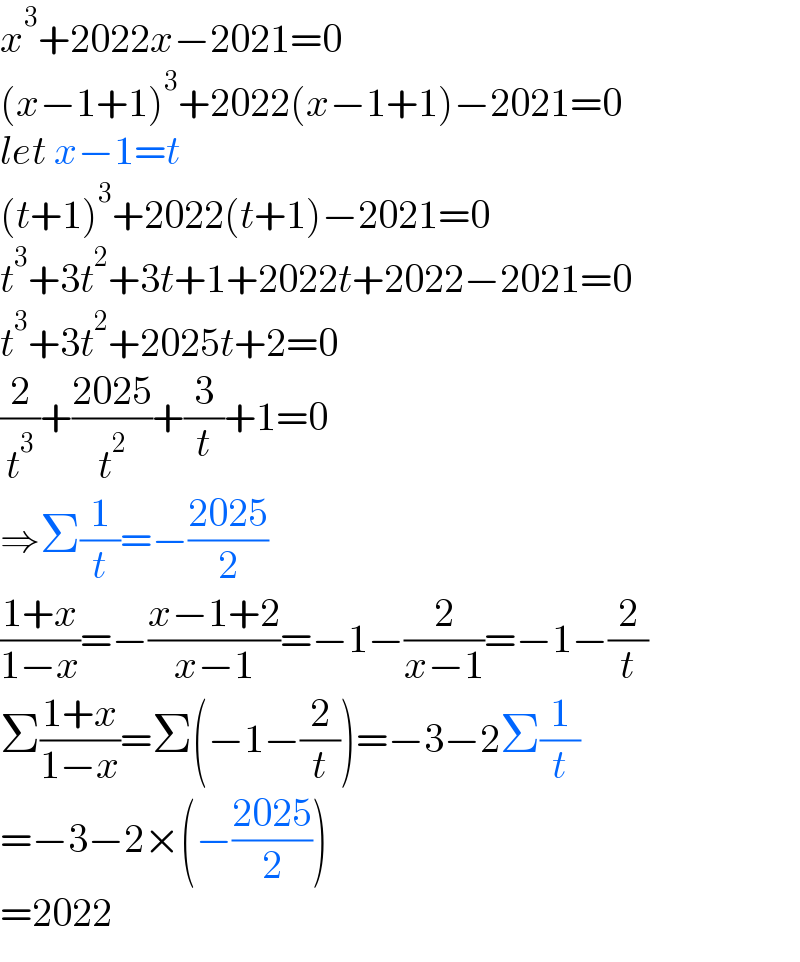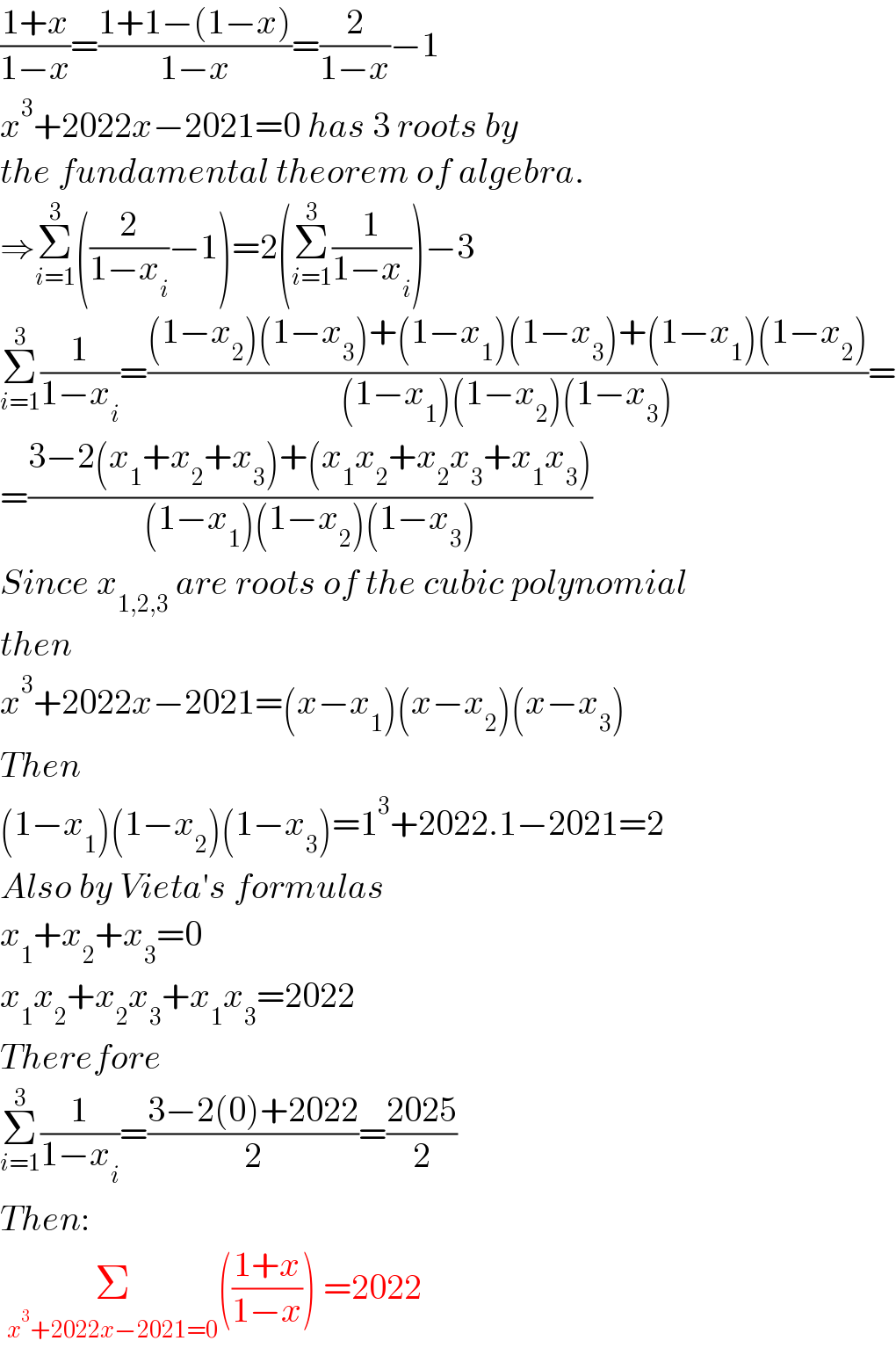
Question and Answers Forum
Question Number 151699 by iloveisrael last updated on 22/Aug/21

Answered by mr W last updated on 22/Aug/21

Commented by iloveisrael last updated on 22/Aug/21

Answered by aleks041103 last updated on 22/Aug/21

Commented by iloveisrael last updated on 22/Aug/21

